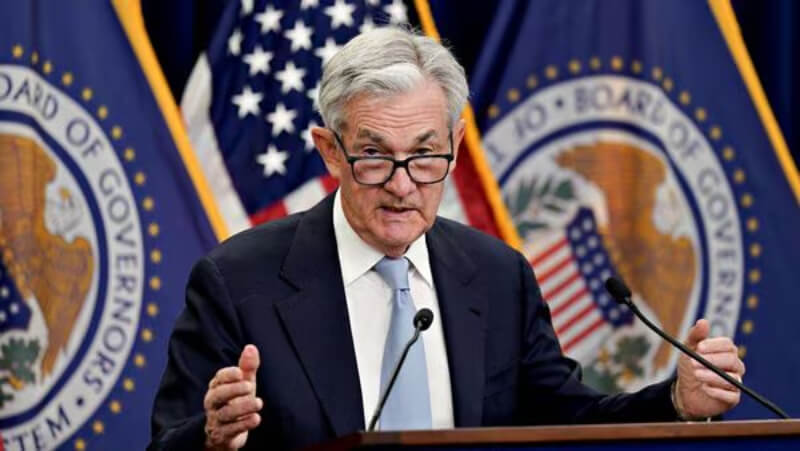- Fed’s Williams sees positive inflation progress, hints at possible rate cuts by mid-September amid easing economic conditions.
- Despite improving inflation metrics, Fed unlikely to cut rates in July; data pivotal for future policy decisions.
- Williams underscores Fed’s cautious approach, aiming to balance economic stimulus with inflation control.
New York Fed President John Williams indicated that the Federal Reserve may consider interest rate cuts in the coming months, but emphasized that such a move will not occur at the central bank’s upcoming meeting in late July.
Williams pointed to recent inflation data and easing labor-market conditions as positive steps toward achieving the Fed’s 2% inflation target. He highlighted these positive signs but noted that more data is needed to ensure inflation is consistently moving toward the 2% target.
Although a rate cut is unlikely at the Fed’s July 30-31 meeting, Williams indicated that the central bank might consider lowering its short-term interest rate during its mid-September meeting if current trends continue. He mentioned that the Fed “will gather more information” between July and September, suggesting that upcoming economic data will be crucial in guiding the Fed’s decisions.
Recent data, including June’s consumer price index, indicates a widespread decrease in inflation. Williams has dismissed worries about the challenge of lowering inflation from about 2.5% to the Fed’s 2% goal. He emphasized that various inflation gauges are all improving, demonstrating steady progress across different indicators.
The Fed’s rapid interest rate hikes from near zero in 2022 were implemented to combat inflation, which had reached a 40-year high. The federal funds rate is now around 5.3%, the highest in over 20 years. Williams stressed that even if rates are lowered, they will still be high enough to limit economic activity. He added that the current restrictive policy is appropriate.
Bond investors, responding to the recent inflation report, have increased their expectations for rate cuts, which have already begun to provide some relief to potential borrowers. For instance, the average 30-year mortgage rate has fallen to around 6.84% this week, down from 7.14% earlier this month.
The Fed faces a delicate balance between reducing rates too slowly, risking a sharper slowdown in hiring, and moving too quickly, which could allow inflation to settle above its target. Williams stressed the importance of achieving a balance between supply and demand in the labor market without the need for prolonged intervention.






